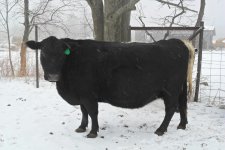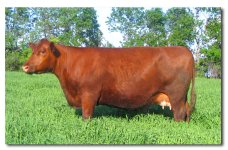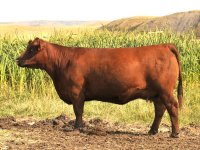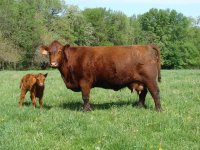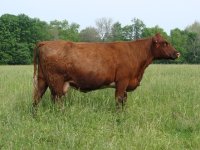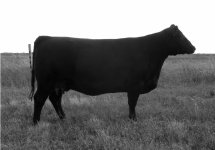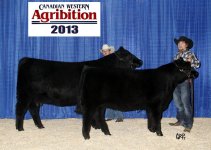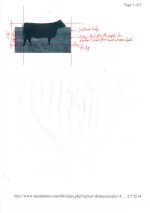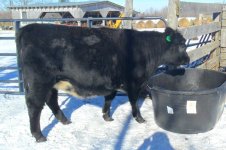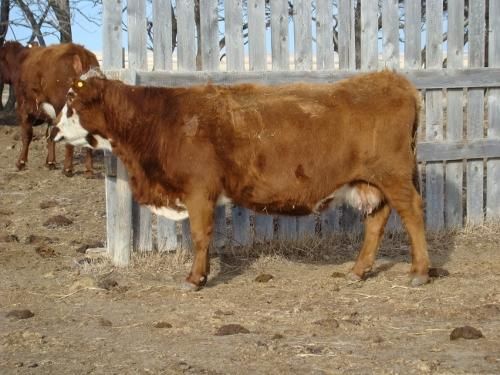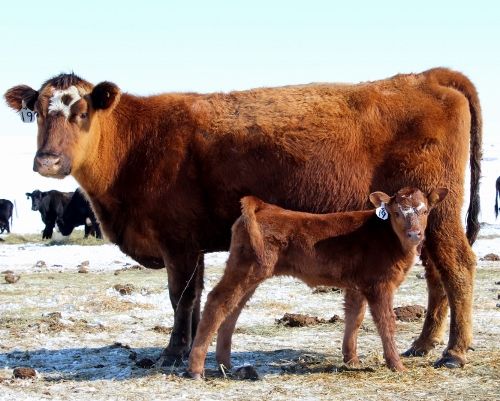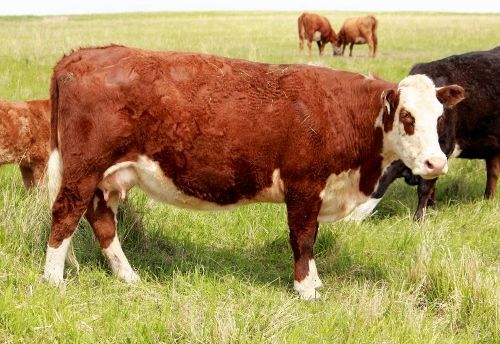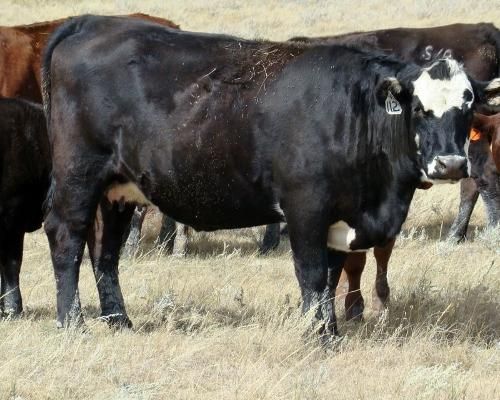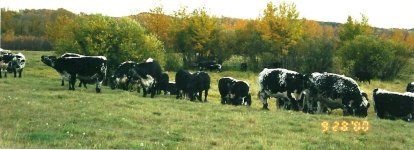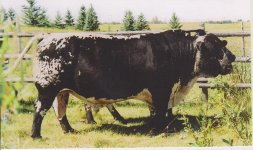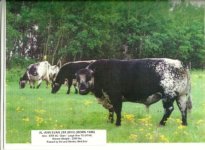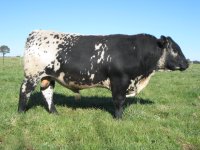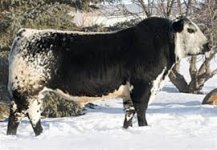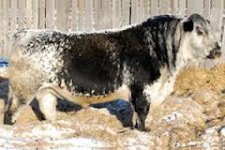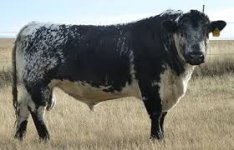librarian
Well-known member
Since I am so visual, it helps just to see pictures of what is working for other people in other places. If there is an optimal phenotype, it should recur in peoples posting of what they consider to be their "best" cow. This would be the one that one hardly ever notices because it is just doing it's job, breeding back on time and raising the best calf almost every year. This cow would not be an outlier, but from the middle of the herd. If management information (plane of nutrition) was included and altitude and approx latitude then we would have a good set of information. Information like this will be important as environment and economy change over time and we can sort things out from real experience rather than being told what works by "experts" that want to sell us something. The great thing about this forum is the range of experience reflected by the community.
496 is the cow that works best in my environment, at 1560 ft, latitude approx 43 degrees N. 100% forage fed, extensive grazing, grass hay thru the winter. She is a 1400 lb 10 year old commercial Angus cow. March calving.
Probably most of us don't photograph our "old reliable" cow because, more likely than not, she is not the most beautiful one in the herd, but these functional cow families can tell us more than most Universities.
496 is the cow that works best in my environment, at 1560 ft, latitude approx 43 degrees N. 100% forage fed, extensive grazing, grass hay thru the winter. She is a 1400 lb 10 year old commercial Angus cow. March calving.
Probably most of us don't photograph our "old reliable" cow because, more likely than not, she is not the most beautiful one in the herd, but these functional cow families can tell us more than most Universities.

